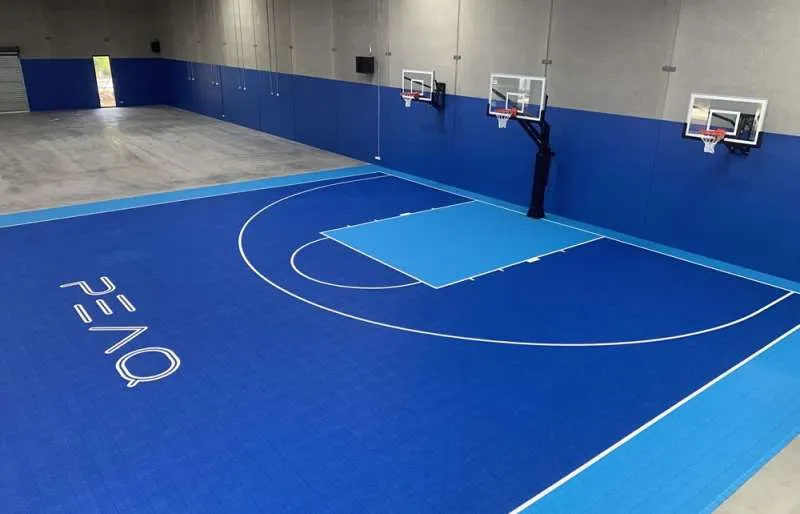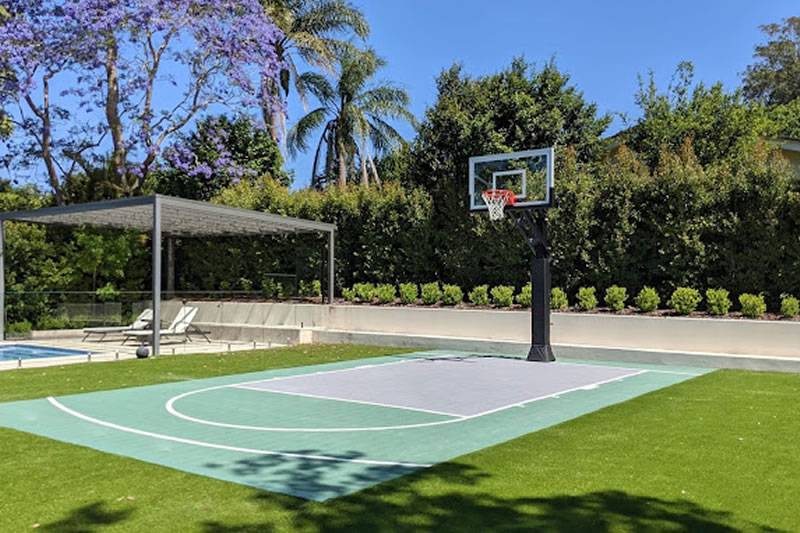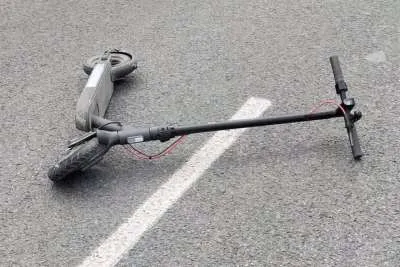8 tips for installing an indoor Basketball court properly
- 15-02-2025
- Business
- Canarian Weekly
- Photo Credit: Dream Courts
High-quality indoor basketball courts are designed for durability and performance; however, proper installation is essential to ensure longevity and a flawless playing experience. Whether setting up a court for personal use or a commercial facility, following the right steps can make a difference.
This article provides eight key tips to install a Dream Courts indoor basketball court properly.
1. CHOOSE THE RIGHT LOCATION
Before starting the installation, carefully assess the location where the court will be placed. Ensure the space is large enough to fit the dimensions of a standard basketball court or the specific size needed. The area should have adequate ceiling height to allow for shooting and movement without obstruction. Also, consider factors such as lighting and accessibility to create a good playing environment.
2. PREPARE THE SUBFLOOR PROPERLY
Remember, a well-prepared subfloor provides stability and proper ball bounce. Ensure the surface is level, clean, and dry before installation. Any uneven areas should be corrected with levelling compounds to prevent issues with court tiles or wood flooring. Keep in mind that moisture barriers may also be necessary to protect against potential water damage and maintain structural integrity.
3. SELECT THE RIGHT FLOORING MATERIAL
Take note that high-quality flooring options should offer modular tiles and hardwood surfaces. Hardwood flooring provides a professional feel and is ideal for high-performance games, while modular tiles offer durability and easy maintenance. Plus, make sure to select a surface that matches the purpose, whether for casual play or competitive matches.
4. FOLLOW THE MANUFACTURER’S INSTALLATION GUIDELINES
Each court's flooring system comes with specific installation instructions. Carefully review the guidelines provided by the manufacturer to ensure a proper setup. This includes aligning flooring panels or tiles correctly, using recommended adhesives, and allowing for proper expansion gaps to prevent warping over time. Ignoring guidelines can lead to premature wear and potential safety hazards.
5. ENSURE PROPER COURT MARKINGS
Whether installing a full-size basketball court or a half-court, Dream Courts' Indoor Basketball Court surfaces require high-quality paint or pre-made marking kits to create precise lines for free throws or key areas. Measurements should follow official basketball regulations unless a customized design is preferred. Taking the time to ensure clear markings enhances the functionality of the court.
6. INSTALL A RELIABLE HOOP SYSTEM
A high-quality basketball hoop is a crucial part of any indoor court. Basketball courts offer durable hoop systems designed for long-term use and optimal performance. When installing the hoop, ensure it is securely mounted, whether using a wall-mounted or freestanding system. Proper placement is essential for gameplay, so follow height regulations and secure the backboard and rim to resist consistent use.
7. TEST THE SURFACE FOR PERFORMANCE
After installation, conduct a thorough inspection to check the court’s stability, surface smoothness, and overall performance. Walk across different sections to ensure there are no loose panels or uneven areas. Dribble a basketball to test the bounce consistency and verify that the surface meets your expectations. Address any imperfections before allowing full use to prevent potential injuries and maximize playability.
8. MAINTAIN THE COURT FOR LONGEVITY
Proper maintenance is key to preserving the quality of your indoor basketball court. Regular cleaning helps remove dust or debris that can accumulate over time. Use manufacturer-approved cleaning solutions and avoid harsh chemicals that could damage the flooring. Periodically inspect the court for signs of wear and make necessary repairs to prevent minor issues from becoming major problems.
Precision in Planning, Excellence in Play!
Installing an indoor basketball court requires careful planning and attention to detail. From selecting the right location to following manufacturer guidelines and ensuring proper maintenance, each step plays a crucial role in the court’s functionality and longevity. By following these tips, a high-quality playing surface can be created to enhance the basketball experience while ensuring safety and durability.

Other articles that may interest you...
Trending
Most Read Articles
1.
Featured Videos
A Vision of Elvis Tenerife Promo
- 10-05-2025
TEAs 2025 Highlights
- 17-11-2025



























































